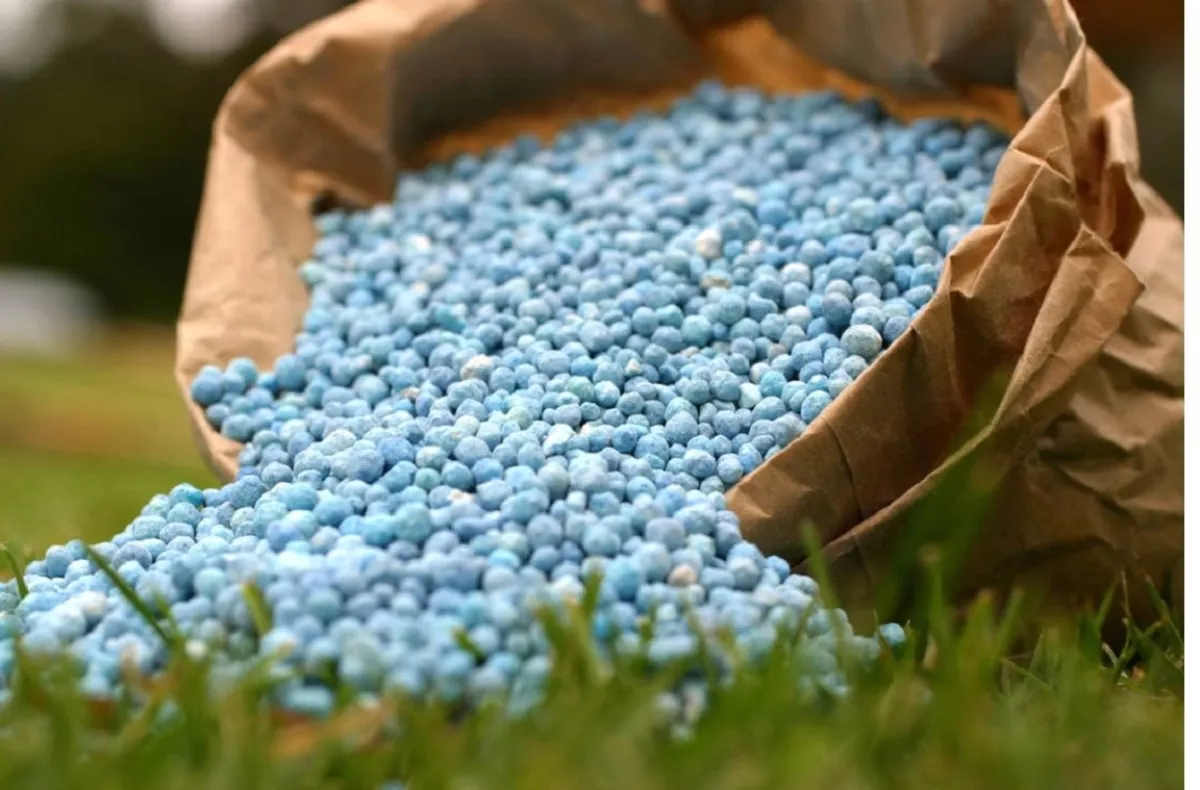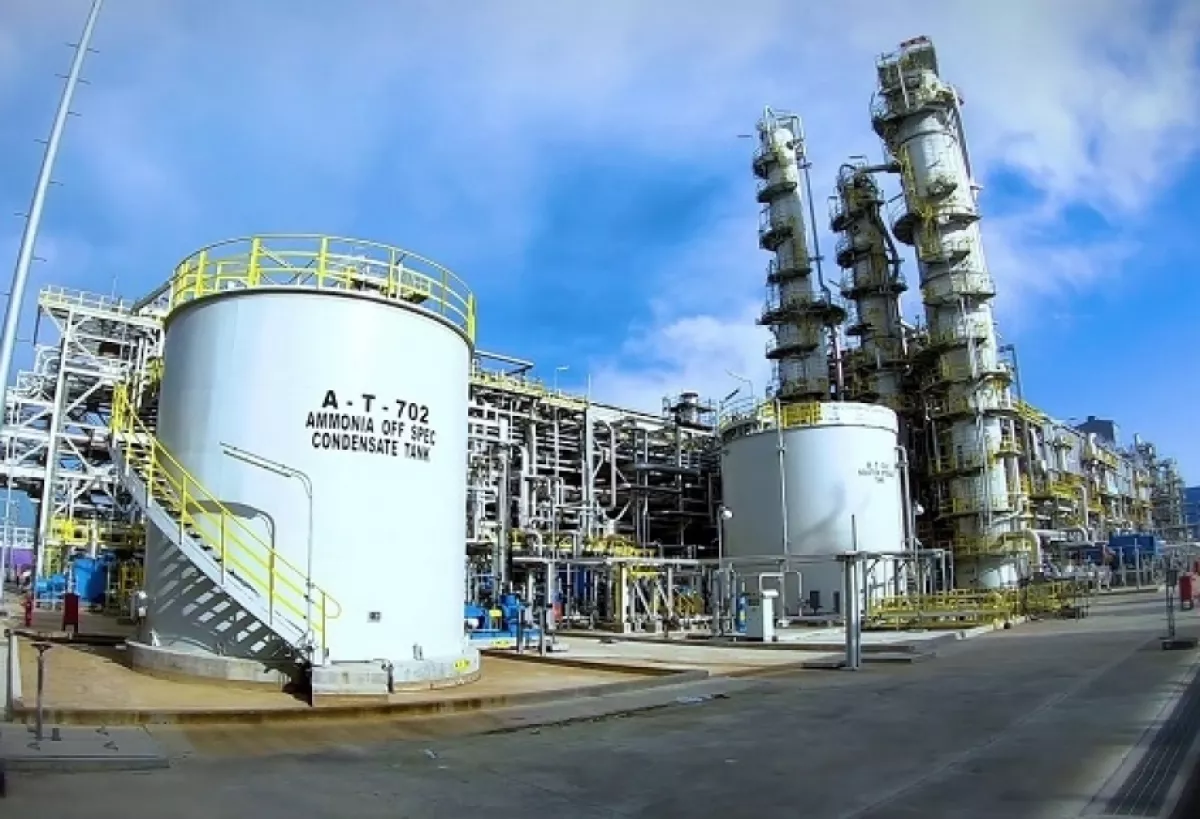Azerbaijani urea exports surge to record levels Riding the wave of demand
In January 2025, a global rebound in the consumption and demand for nitrogen fertilisers is underway. In Europe, nitrogen fertiliser prices have skyrocketed, driven by soaring gas prices, which occasionally exceed €50 per megawatt-hour (MWh). Production levels at nitrogen fertiliser factories across EU countries have yet to fully recover from the 2022 gas crisis, even as demand has steadily grown over the past two years, particularly in Europe and Asia.
Amid these trends, Azerbaijan has emerged as a significant player, capitalising on the global market shifts. In 2024, the country ramped up its production of urea fertilisers and nitrogen compounds by nearly 44%. Export volumes of these products saw an even more impressive rise, surging by almost 70% during the January–November period of the same year.
Negative trends in the global fertiliser market first emerged during the pandemic due to disruptions in production and transportation chains, coupled with rising freight rates for ships and rail transport tariffs. However, the onset of the Russia-Ukraine war in February 2022 triggered the most significant shortages and price spikes for gas—and consequently for nitrogen, potassium, and urea fertilisers—since the energy crisis of 1973.
Sanctions imposed by the collective West led to a reduction in the supply of Russian and Belarusian fertilisers to EU countries, which previously accounted for about 40% of total imports, not to mention the collapse of shipments via Black Sea ports. Simultaneously, nitrogen fertiliser production within the European Union sharply declined due to the soaring cost of imported raw materials—namely Russian natural gas, which had been the primary source for producing ammonia and subsequently urea.
Two years ago, chemical plants producing nitrogen fertilisers began shutting down in several EU countries, or at least significantly cutting production volumes. According to World Bank data, global nitrogen fertiliser prices surged by over 70% in 2022.
In 2023, marked by a global recession, the nitrogen fertiliser market saw a decline in demand and prices, and the initial frenzy subsided. However, in the "Food Outlook" report published by the Food and Agriculture Organization of the United Nations (FAO) in mid-2023, it was noted that the fertiliser market had recovered to 2021 levels.
By April 2024, the average price for fertilisers, factoring in nitrogen, phosphorus, and potassium, stood at $327 per tonne, compared to $815 per tonne in April 2022. However, due to supply struggling to keep up with growing demand, nitrogen fertiliser prices began to rise again in the second half of last year.

Moreover, according to recent data from the electronic grain exchange GrainTrade, exceptionally high gas prices, sometimes exceeding €50 per MWh, have significantly increased the costs for European nitrogen fertiliser producers, including urea. This led to a sharp rise in their prices in January of this year. The reasons for this lie in the global market situation, high gas prices, the weakness of the euro, logistics issues, and low stocks of raw materials and finished products.
For example, in German ports, urea prices at the beginning of January rose to €525 per tonne, which is €75 per tonne higher than the prices at the end of December last year (€450 per tonne). The further situation in the EU market will largely depend on the dynamics of global and European urea prices, according to traders. At the same time, the global urea market saw a significant surge at the end of last year after a December tender in India, where a record volume of 1.5 million tonnes of fertilisers was purchased. India is considered one of the largest importers, buying about 40% of its nitrogen fertilisers on the global market. Its import dynamics in 2025 will influence pricing in the vast Asia-Pacific region (APR).
The significant shifts in the global market, which began in the latter half of last year and have intensified this year, hold considerable significance for Azerbaijan's top nitrogen fertiliser producer, the SOCAR Carbamide Plant. A subsidiary of the State Oil Company of Azerbaijan (SOCAR), the plant, which was commissioned over five years ago in Sumgait, is well-positioned to benefit from these changes.
The plant operates with three production units: ammonia production, urea production, and urea granulation. Its designed capacity is 1,200 tonnes of ammonia and 2,000 tonnes of urea per day, enabling it to play a key role in meeting both domestic and international demand.

According to data from the State Statistics Committee, in the crisis year of 2023, Azerbaijan exported over 362,200 tonnes of mineral fertilisers, which was only 0.6% higher than the 2022 figures. Against the backdrop of recession and a decline in global demand, Azerbaijan's nitrogen fertiliser exports amounted to just over $83 million, a decrease of 60.4%.
In contrast, the figures from last year are highly encouraging: according to the State Statistics Committee, by the end of 2024, the production of urea fertilisers and nitrogen compounds reached 652,400 tonnes, reflecting an increase of an additional 198,700 tonnes of products, with a year-on-year growth of 43.8%. Even better news comes from the supply of Azerbaijani nitrogen fertilisers to foreign markets. According to the State Customs Committee (SCC), between January and November 2024, Azerbaijan exported over 511,633 tonnes of nitrogen fertilisers, which was 68.6% higher than the same period the previous year. At the same time, the total value of the exported fertilisers also increased by 55.5%, amounting to $112.783 million.
The key buyers of Azerbaijani nitrogen fertilisers include Türkiye, Romania, Bulgaria, Albania, Italy, and Georgia, with some urea being sold to countries in South America. Since 2023, supplies have also been made to India and Pakistan, while Moldova and Ukraine are seen as promising markets. A portion of the Carbamide Plant's production (about one-fifth) is sold to Azerbaijani farmers at highly competitive prices.
At current global prices, the cost of producing nitrogen fertilisers in Azerbaijan remains at a very competitive level, even despite the recent decision by the Tariff Council, which raised the tariff on natural gas used as raw material in the production of methanol and urea (in gapiks/m³, including VAT) from 20.0 to 20.5 gapiks (around 12 cents).
Moreover, the country plans to gradually increase fertiliser production in the current and subsequent years, including through advancements in the development of "green" energy. Specifically, Azerbaijan's relevant agencies and the leading UAE company in the field of green technologies, Masdar, have been actively expanding cooperation in not only renewable energy (RE) but also in plans to implement technologies for producing "green" hydrogen and ammonia—raw materials for the production of urea.
Equally successful is SOCAR's collaboration with the leading Saudi Arabian company in the RE sector, ACWA Power: in April of last year, a cooperation agreement was signed regarding "green" fertilisers. This document outlines collaboration for the potential production and subsequent sale of "green" fertilisers (mainly urea) within the framework of the "low-carbon/green fertilisers" project, as well as the production of "green" hydrogen.








